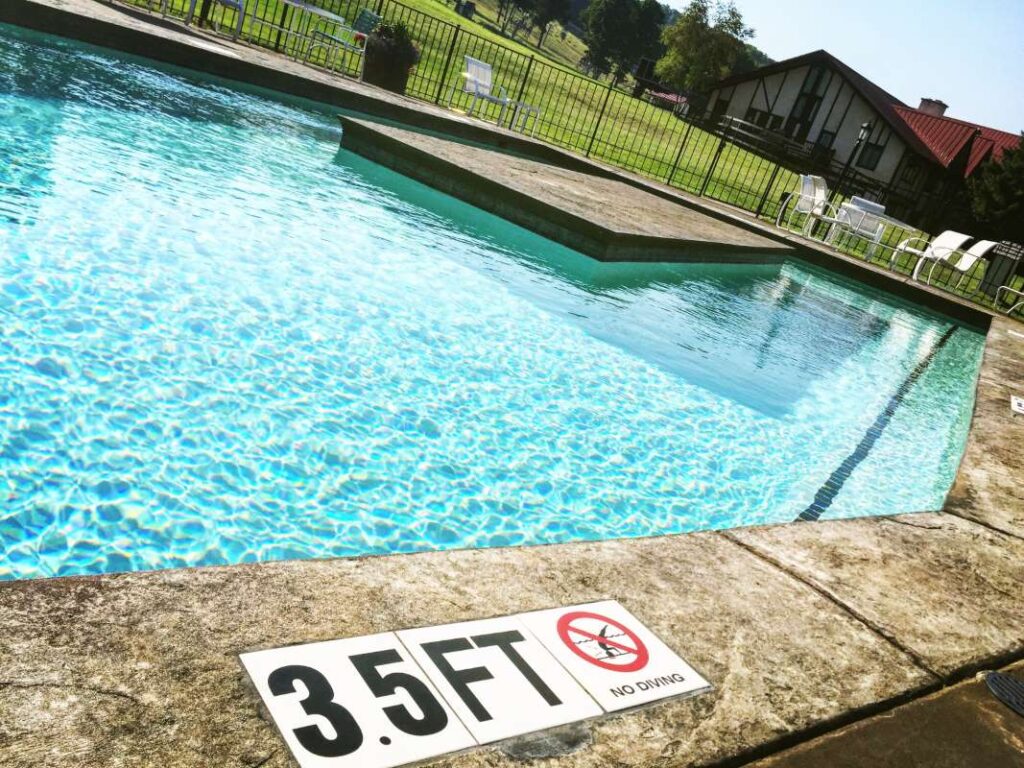Mastering cash flow management is crucial for any pool business owner. In this guide, we provide essential strategies to help you maintain a healthy cash flow.
Step-by-Step: How to Manage Cash Flow as a Pool Business Owner
In the fast-paced world of pool services, managing your cash flow is not just a necessity; it’s vital for the survival and growth of your business. With seasonal fluctuations, client payment delays, and unforeseen expenses, cash flow management becomes a balancing act. This blog post delves into practical steps pool business owners can take to effectively manage their cash flow. From understanding the fundamentals of cash flow to utilizing technology like [Pool Biller Software](https://ezpoolbiller.com/), we will cover everything you need to know to ensure that your finances remain in good health.
We will explore the importance of accurate forecasting, the role of invoicing and billing in cash flow, effective budgeting techniques, and much more. By the end of this guide, you’ll have a comprehensive understanding of managing cash flow specifically tailored for pool business operations.
The Importance of Understanding Cash Flow
Cash flow refers to the movement of money into and out of your business. For pool business owners, understanding cash flow is essential for several reasons. First, it aids in maintaining operational stability. Knowing your financial position helps you determine how much you can invest in growth opportunities, such as hiring staff or purchasing new equipment.
Secondly, cash flow management helps you avoid financial pitfalls. Many businesses fail due to poor cash flow management, even when they are profitable on paper. For example, a pool service company might have high revenues but struggle to pay suppliers or employees due to delayed client payments. By carefully monitoring cash flow, you can avoid such scenarios and ensure that your business remains liquid.
Accurate Forecasting: Knowing What to Expect
Effective cash flow management starts with accurate forecasting. To predict your cash flow needs, analyze your past financial data. Look for patterns in your income and expenses throughout the year. This is especially important for pool service businesses, which often experience seasonal variations in demand.
For instance, many pool businesses see a spike in service demand during the spring and summer months. By forecasting these trends, you can prepare for the cash influx during peak seasons and plan for periods of lower demand. Use tools like spreadsheets or financial software, such as [pool service software](https://ezpoolbiller.com/), to streamline this process.
Streamlining Invoicing and Billing
Invoicing can significantly impact your cash flow. An efficient billing process ensures that you receive payments on time, reducing the risk of cash flow issues. Utilize automated billing systems that allow you to create and send invoices quickly. This not only saves time but also reduces the likelihood of errors.
Consider using customized invoices with your branding, as it enhances professionalism and encourages prompt payment. You can also set up recurring billing for clients on subscription services, ensuring that you have consistent cash flow. This way, your invoices serve as reminders to clients, prompting them to pay on time. Tools like [pool service app](https://ezpoolbiller.com/) can help in automating these processes, making your billing smoother and more efficient.
Effective Budgeting Techniques
Budgeting is another critical aspect of cash flow management. Without a solid budget, you may find it challenging to track where your money is going or how to allocate resources effectively. Start by categorizing your expenses into fixed and variable costs. Fixed costs include things like rent and salaries, while variable costs can fluctuate month-to-month, such as utility bills or maintenance supplies.
Set realistic income targets based on your forecasting and adjust your budget throughout the year as necessary. This flexibility allows you to respond to unexpected changes in revenue or expenses. Regularly reviewing your budget helps you identify areas where you can cut costs or reinvest in growth opportunities.
Implementing Best Practices for Cash Flow Management
There are several best practices that pool business owners can follow to enhance their cash flow management. First, keep a cash reserve to handle unexpected expenses. This cushion can prevent financial strain during slow months or emergencies.
Second, monitor your accounts receivable closely. Sending reminders for overdue invoices can prompt clients to pay their bills, thus improving your cash flow. Consider offering discounts for early payments as an incentive for clients to settle their invoices sooner.
Utilizing Technology for Efficiency
The right technology can make cash flow management significantly easier. Financial management software like [Pool Biller Software](https://ezpoolbiller.com/) can handle invoicing, track payments, and generate reports that provide insight into your cash flow situation. This enables you to make informed decisions based on real-time data.
Moreover, utilizing a pool company computer program can help streamline tracking expenses, services provided, and payments made. A centralized system reduces the margin for errors and increases efficiency, allowing you to focus on growing your business instead of getting bogged down in administrative tasks.
Understanding the Impact of Seasonality
Pool service businesses often face seasonal fluctuations that can impact cash flow. Understanding these cycles is crucial for effective financial planning. For example, many pool owners require maintenance services primarily during the warmer months, leading to a surge in demand during spring and summer.
To mitigate the financial impact of off-seasons, consider offering winterization services or pool-related products that can generate revenue year-round. Additionally, consider building a customer loyalty program to encourage regular service contracts that span across seasons. This can stabilize your cash flow by ensuring a steady stream of income throughout the year.
Evaluating and Adjusting Your Cash Flow Strategies
Managing cash flow is not a one-time effort; it requires regular evaluation and adjustment. Periodically review your cash flow reports to identify trends and areas for improvement. Are there particular times when cash flow dips significantly, or are there consistent late payments from certain clients?
Adjust your strategies accordingly. For instance, if you notice a pattern of late payments, consider revising your payment terms or actively following up with clients. Regular reviews can also help you optimize your budgeting process, ensuring that you are allocating resources effectively to keep your business thriving.
Conclusion
In conclusion, managing cash flow as a pool business owner requires a proactive approach and a thorough understanding of financial principles. By implementing accurate forecasting, streamlining invoicing and billing processes, and utilizing technology like [pool service software](https://ezpoolbiller.com/), you can significantly improve your cash flow situation.
In essence, maintaining a healthy cash flow is not just about tracking money; it’s about making informed decisions that support your business’s growth and stability. With the right practices and tools in place, you can ensure that your pool service business flourishes, even in the face of challenges. Embrace these strategies today and take control of your cash flow for a more prosperous business tomorrow.




